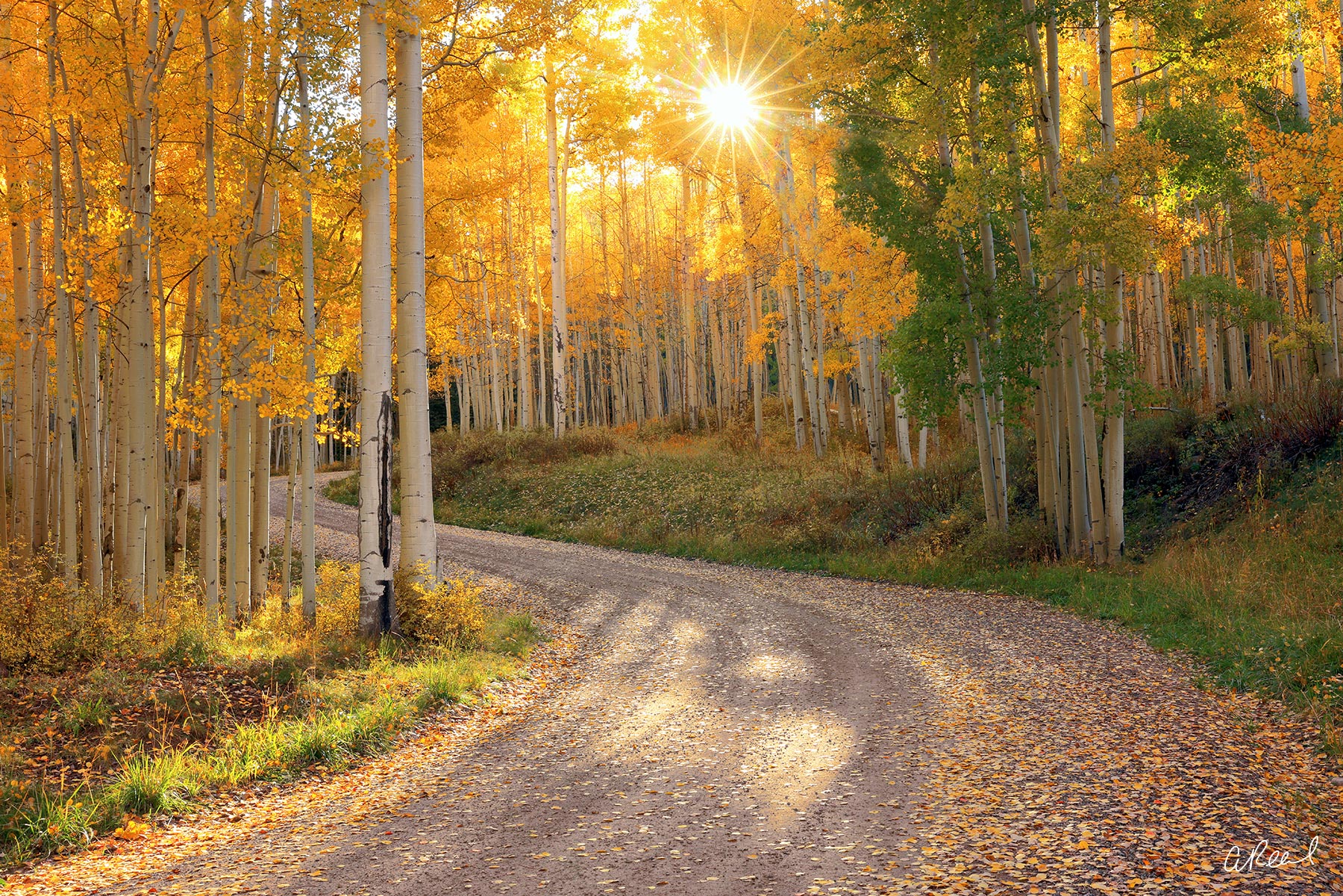Yibai Insights
Explore the latest trends, news, and insights from around the world.
Nature's Hidden Secrets: Capturing the Magic in Your Lens
Uncover nature's wonders through your lens! Join us as we reveal tips and tricks to capture the magic all around you.
10 Tips for Capturing Breathtaking Nature Photography
Capturing breathtaking nature photography requires a blend of skill, patience, and a keen eye for detail. Understand your surroundings and plan your shots according to the natural light conditions. Early mornings and late afternoons often provide softer light and more vibrant colors, greatly enhancing your images. Remember to experiment with different angles and perspectives; sometimes getting low to the ground or finding a higher vantage point can yield stunning results. Don't hesitate to use a tripod for stability, particularly in low light or when capturing long exposures of flowing water or moving clouds.
Another crucial tip is to pay attention to the composition of your photographs. Utilize the Rule of Thirds by dividing your frame into a 3x3 grid and placing your subject along these lines or at their intersections. This technique can significantly improve the visual appeal of your images. Additionally, incorporating leading lines, such as winding paths or rivers, can draw the viewer's eye into the photograph. Lastly, don't forget to capture the small details; up-close shots of flowers, insects, or textures can create mesmerizing images that showcase the beauty of nature.

Exploring the Magic of Macro Photography in Nature
Macro photography opens up a whole new world of nature that many of us overlook in our daily lives. By using specialized lenses or extension tubes, photographers can capture intricate details of tiny subjects, revealing the beauty and complexity of life that often goes unnoticed. Whether it's the delicate structure of a flower petal, the intricate patterns on a butterfly's wings, or the bustling activity of insects, macro photography allows us to explore the magic of nature at a scale that is both fascinating and enlightening.
To get started with macro photography, consider these essential tips:
- Choose the right equipment: Investing in a quality macro lens will make a significant difference in your ability to capture sharp, detailed images.
- Be patient: Nature is unpredictable, and waiting for that perfect shot can lead to rewarding results.
- Experiment with lighting: Natural light works wonders, but experimenting with reflectors or diffusers can enhance your images.
What Are the Best Times and Places to Capture Nature's Hidden Secrets?
To discover nature's hidden secrets, timing is everything. The early morning hours, just after sunrise, are often considered the best time for capturing the enchanting beauty of the natural world. During this time, soft golden light illuminates the landscape, creating stunning opportunities for photography. Additionally, early mornings tend to be quieter, allowing for a more intimate experience with wildlife, as many animals are most active at dawn. Similarly, the hour before sunset, known as the 'golden hour,' offers dramatic lighting that can transform ordinary scenes into extraordinary compositions.
As for places, nature's hidden secrets can often be found in diverse environments. Consider exploring
- Remote Forests: Tall trees and underbrush can hide elusive wildlife and unique plant species.
- Mountain Trails: These areas offer panoramic views and secluded nooks that are often overlooked.
- Wetlands and Marshes: Rich in biodiversity, these locations are teeming with hidden life waiting to be discovered.
- Coastal Regions: Tidal pools and rocky outcrops reveal fascinating marine ecosystems.